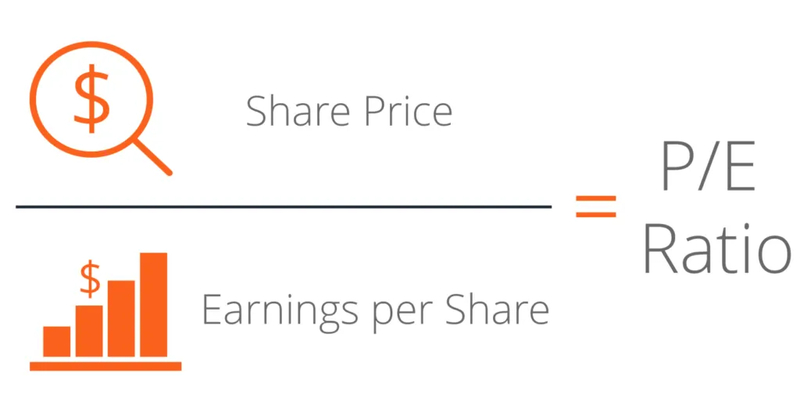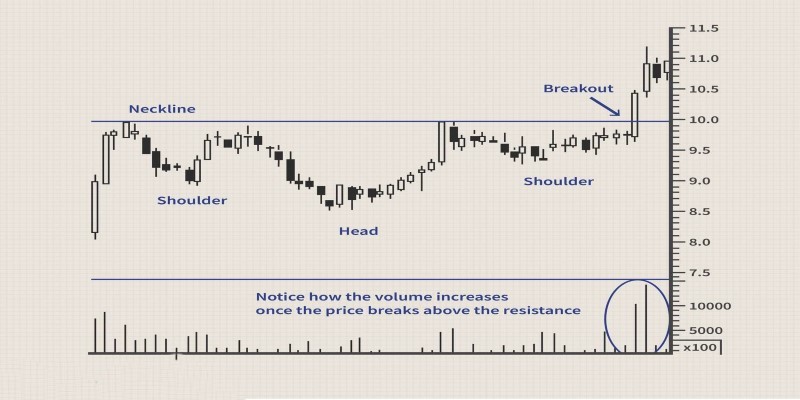Navigating the World of IPO Investments
IPOs, which stands for Initial Public Offerings, are like a tasty dish cooked by a company wanting to go public. These fresh stocks are attractive to investors who desire the opportunity to partake in this early-stage growth. Those investors need to know how buying IPO stock works and this guide will show them the details of it: from process to risks and strategies.
Understanding IPOs and the Buying Process
To start buying IPO stocks, it's crucial to know what an IPO is. An Initial Public Offering (IPO) is the initial sale and distribution of a company's shares to the public. This signifies when a company shifts from being privately owned to becoming publicly traded on stock exchanges. When a firm chooses to go public, it starts working with investment banks to underwrite and make the process of IPOs.

For investors to buy shares in an IPO, they usually must approach a brokerage firm that is part of the offering. These brokerage firms could distribute shares among their clients according to different factors like account size, trading activity, and connection with the company. You need to check the distinct demands and steps detailed by your selected brokerage firm.
- Allocation Criteria: Brokerage firms allocate IPO shares based on various factors, including client account size and trading activity. Understanding these criteria can enhance your chances of securing allocations.
- IPO Prospectus: Before investing, carefully read the IPO prospectus provided by the company. It contains essential information about the offering, including financial details, risks, and use of proceeds.
Evaluating the Risks Associated with IPO Investments
Although IPOs provide chances for big returns, they also involve certain risks that investors must contemplate. One main risk is the instability connected with freshly listed stocks.g The absence of past trading information and market showings makes it difficult to evaluate the real worth of the company and its stock.
Furthermore, IPOs could also be influenced by market f.eelings and investor guesswork, causing big price changes during their first days of trading. People who invest must be ready for price instability and the chance of losing money in the short.t run, mainly if they aim to join in IPOs with strong excitement and interest from others.
- Underpricing Risk: IPOs may be underpriced initially, leading to missed opportunities for investors if the stock price rises significantly post-listing.
- Lock-Up Expiry: Be aware of lock-up periods, as the expiration of these periods can result in increased selling pressure from insiders, potentially affecting stock prices.
Developing an Informed Investment Strategy
To deal with the complicated process of buying IPO stocks, investors must create an investment strategy that is knowledgeable about their financial aims and capacity to handle risk. Doing an in-depth study on the company becoming public, its industry sector, rivals, and potential growth areas is very important for making wise investment choices.
Additionally, it is wise for investors to spread their IPO investments to reduce risk. Instead of putting all the money in just one IPO, investing across various offerings can help balance possible profits and losses. Also, if a person makes clear investment goals and stays with a structured method, they may not react hastily due to changes in the market.
- Market Timing: Consider market conditions and timing when investing in IPOs. Avoid investing during periods of heightened volatility or market uncertainty.
- Long-Term Perspective: Adopt a long-term investment perspective when participating in IPOs, focusing on the company's fundamentals and growth potential rather than short-term price fluctuations.
Key Considerations for IPO Investors
In IPO stocks, some main factors can affect the investment results. First is looking at how healthy the company's finances are, its business model, leaders, and competitive position to understand if it has good chances for long-term growth. Second is checking on wider market movements, the sentiment of investors, and economic signs to get an idea about when or if it's a good time to take part in IPOs. Additionally, another element is studying valuation metrics. These can include things like price-to-earnings ratio (P/E), price-to-sales ratio (P/S), and comparing company analysis. This helps investors to see if an IPO is priced well compared with similar businesses and industry standards.

Knowing about lock-up periods is important. These are times when insiders cannot sell their shares right after the IPO happens. This helps in evaluating possible supply changes and the stability of prices. Finally, keeping an eye on the performance of IPO stocks after they are listed and staying updated with any major events or news that could affect a company's prospects is very important for managing investment risk.
- Lock-Up Periods: Investors should note that lock-up periods typically last for a few months to a year after the IPO, during which insiders are prohibited from selling their shares. This restriction can impact the stock's supply and potentially affect its price dynamics.
- Post-IPO Performance: Keeping a close eye on the company's performance and any market developments post-listing can help investors gauge the long-term viability of their IPO investment. This ongoing monitoring is crucial for managing investment risk effectively.
Conclusion
As investors look for chances to grow their investments via IPOs, it's crucial to be careful and diligent. When you comprehend the process, risks, and plans involved in investing through IPOs, it helps you make smart choices that match your financial aims as well as tolerance towards risk. For all kinds of investors, from experienced ones to those new in IPO investment, doing good research and maintaining discipline are very important factors for success within this changing landscape of IPOs. Investments in IPOs have the potential to make money, but they also carry risks.
This is why investors need to assess each opportunity thoroughly. They should consider factors like the company's basic details, conditions of the market, and its performance after going public. It's also wise to maintain a mix of investments and stay disciplined while handling your investment strategy. This can help you decrease risk and increase possible earnings when participating in the unpredictable area of IPO investments. The IPO market is a constantly changing and complex arena, but investors who are careful and make smart choices can find good opportunities for themselves.












